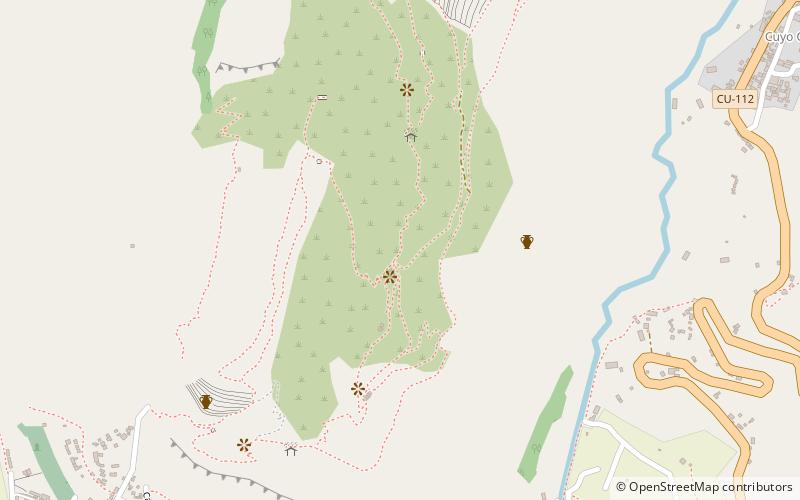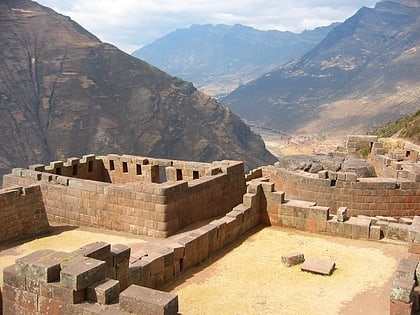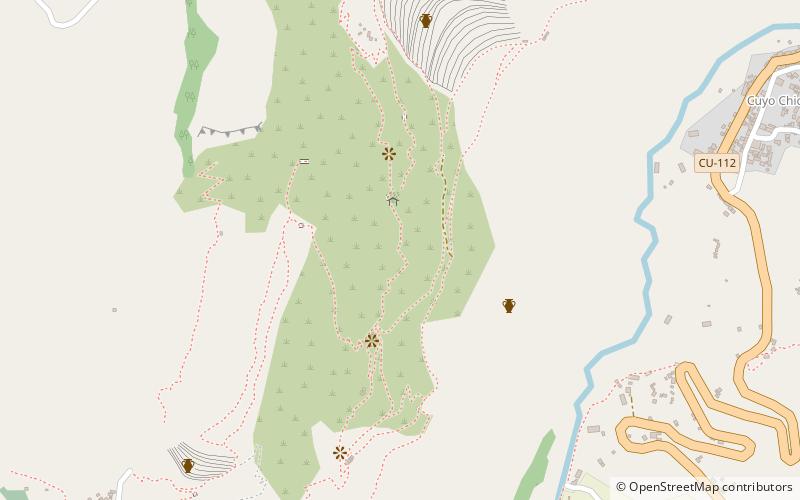Inti Watana, Pisac


Facts and practical information
Nestled within the verdant Sacred Valley of Peru, the Inti Watana is a testament to the Incan civilization's mastery of stone and their profound connection to the cosmos. This ancient archaeological site, located in the city of Pisac, offers a unique glimpse into the spiritual and astronomical practices of the Incas.
The name Inti Watana, which translates to "sun tether" in Quechua, reflects the site's purpose as a solar observatory and calendar. It is believed that the Incas used the Inti Watana to mark the solstices, equinoxes, and other significant celestial events, which were integral to their agricultural and religious activities.
The centerpiece of the site is a carefully carved rock pillar, which stands as a silent witness to the passage of time. Archaeologists assert that the angles and edges of this stone structure were strategically positioned to align with the sun's rays at specific times of the year, casting shadows that served as indicators for seasonal changes.
Inti Watana is part of a larger complex of ruins in Pisac that includes terraces, aqueducts, and ceremonial baths, showcasing the Incas' advanced engineering skills. The site's elevated location also offers panoramic views of the surrounding valley, emphasizing the Incan's choice of harmonizing their architecture with the natural landscape.
Visitors to Inti Watana can explore the remnants of this once-thriving culture and ponder the mysteries that still linger around their astronomical knowledge and religious practices. The site is accessible to tourists year-round, providing a profound connection to the past and a deeper understanding of the Incan legacy.
Pisac
Inti Watana – popular in the area (distance from the attraction)
Nearby attractions include: Inca complex at Písac, Machu Kuntur Sinqa, Hatun Suyu Q'asa, Ñust'apata.






